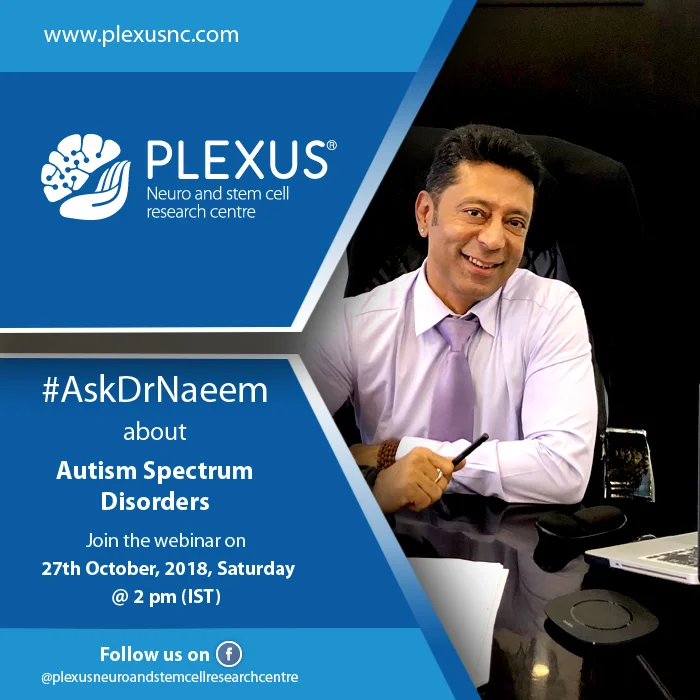
Every year, on an average, 250,000 to 500,000 people suffer from Spinal Cord Injuries, ranging from minor to severely debilitating. A Spinal Cord Injury can change the course of one\’s life as it can render the afflicted person partially or fully paralyzed. Apart from physical impairments, the injury has far-reaching psychological effects too, as the patient becomes dependent on others even for simple tasks such as eating, changing clothes, or taking a walk.
However, there is always light at the end of the tunnel. Early intervention and the right type of rehabilitation can allow the person to beat the adverse effects of the injury and live a normal, independent life. There are a number of milestones one has to achieve in order to be self-reliant again. To get a better understanding of those breakthroughs, let’s first get acquainted with what the Spinal Cord is and how it functions.
Often, people assume that the Spinal Cord is a long bone that extends from the neck and ends at the lower back. It is, in fact, a column of nerves covered by myelin — a protective layer, and further shielded by 31 butterfly-shaped, interlocked bones called the vertebrae.
The main function of the Spinal Cord is to communicate between the brain and the rest of the body. So, any injury to such a vital part of the body means that communication will be impaired, leading to severe complications including total or partial paralysis.
The injury, depending on its severity, can be classified into two categories:
A Complete Spinal Cord Injury that results in a total loss of sensation and motor function below the site of the injury.
An Incomplete Spinal Cord Injury that results in some sensation and motor function below the site of the injury.
It is important to mention that due to the advancements in initial treatment and rehabilitation, around 60 percent of Spinal Cord-related injuries can be classified and treated as Incomplete Spinal Cord Injuries.
The journey to recovery will be long, but correct medication and rehabilitation will shorten that voyage considerably. Meanwhile, you will cross a number of milestones as you progress towards a fuller and healthier life. Let\’s see what the road ahead looks like.
The first stage: Recuperation
Hospitalization is the first step towards recovery after sustaining a Spinal Cord Injury. At the hospital, your vitals are checked and tests are conducted, so that you are provided with the best possible treatment options. Remember, that the surroundings you’re in are bound to scare and confuse you. While this will be a challenging time, it is important to look at the bright side and be grateful that you have survived. Depending on the nature of the injury, you may be advised to opt for surgery, rehabilitation, or both.
Second stage: Physical Rehabilitation
After you have been discharged from the hospital, you need to undergo physical rehabilitation therapy as soon as possible for a faster recovery. Your therapist will teach you how to bring your body back into working condition. At Plexus, an award-winning Neuro and Cell Research Centre, the patient undergoes Regenerative Rehabilitation Program which is a customized therapy plan, that includes:
Physiotherapy — focuses on the improvement of the patient’s mobility, posture and balance.
Occupational Therapy — focuses on helping the patient become independent by improving his/her capability to complete daily activities such as walking, having a meal, or taking a bath.
Speech Therapy — focuses on helping the patient regain his/her communication skills by involving various techniques including non-verbal communication.
Apart from the above mentioned therapies, Cell therapy is also used in the treatment of Spinal Cord Injuries. This is a non-surgical, drugless procedure wherein Cells, that have the capacity to regenerate and replace the damaged cells, are injected into the affected area. Due to the power of regeneration, Cell Therapy is proving to be one of the most preferred methods of treatment for a Spinal Cord Injury.
Psychological Recovery
Often, during the rehabilitation process, therapists as well as personal caregivers focus mainly on the physical health of the patient. However, mental health is equally important for the person’s complete recovery. Regaining motor function is absolutely necessary but that is not the end of the road. To believe that bouncing back physically is the only way for a patient to live a normal life, has to change. If any of the survivors, who made it through the hospitalization process, are facing depression, anxiety or fear, they should come forward, ask for help, without any apprehensions. If you are mentally tough, any physical impairment can be defeated with the right support and rehabilitation.










